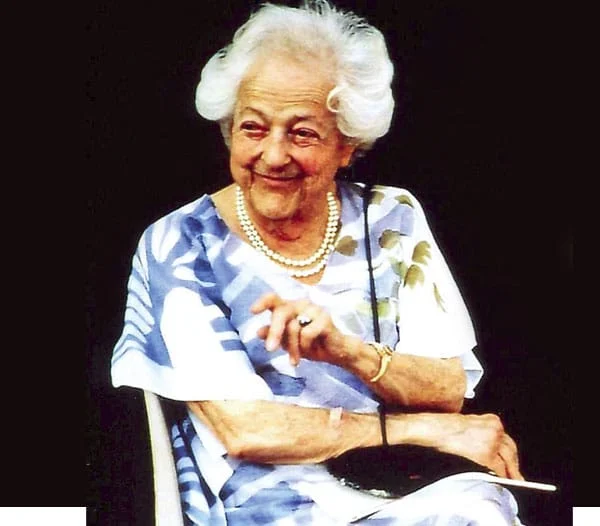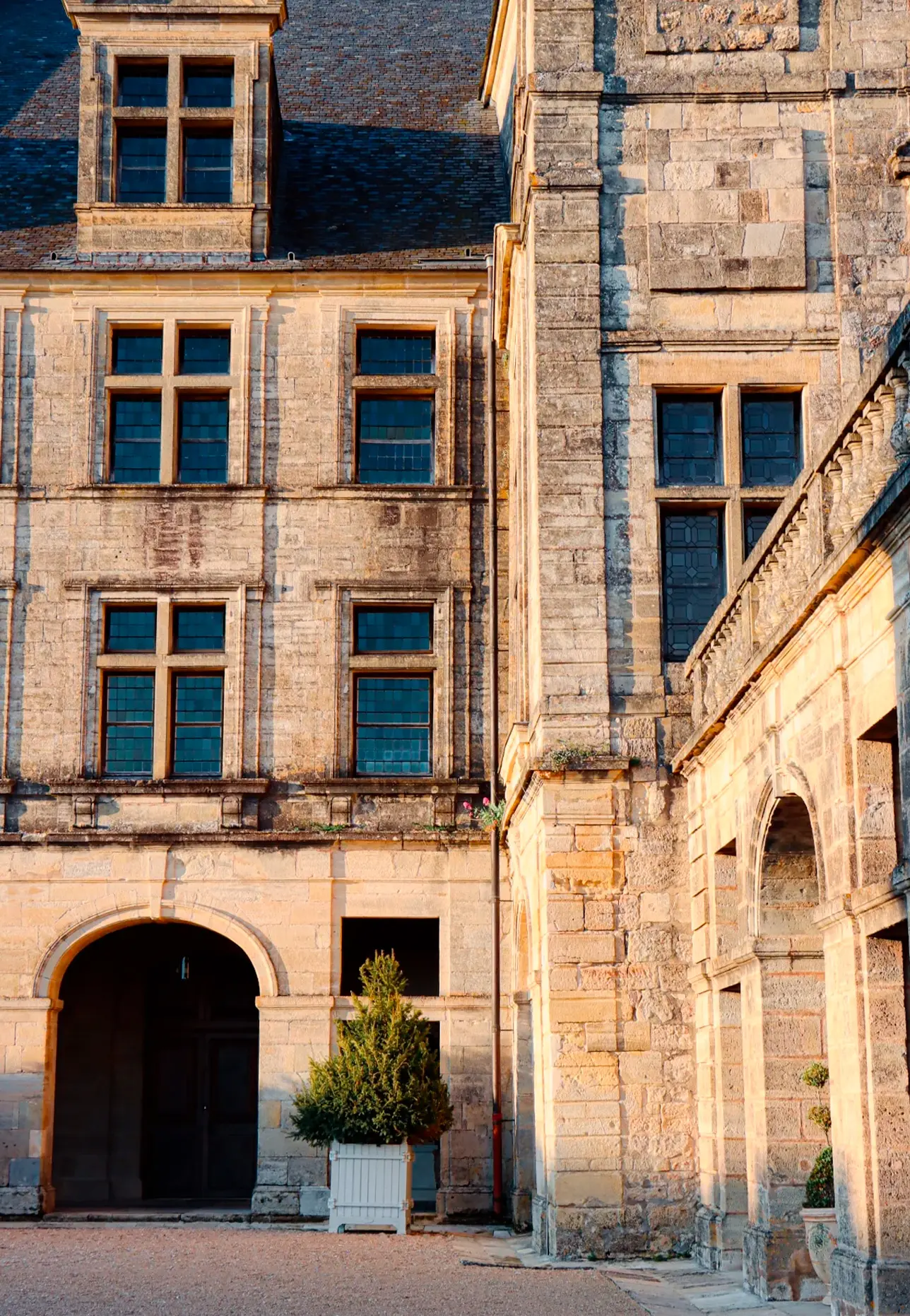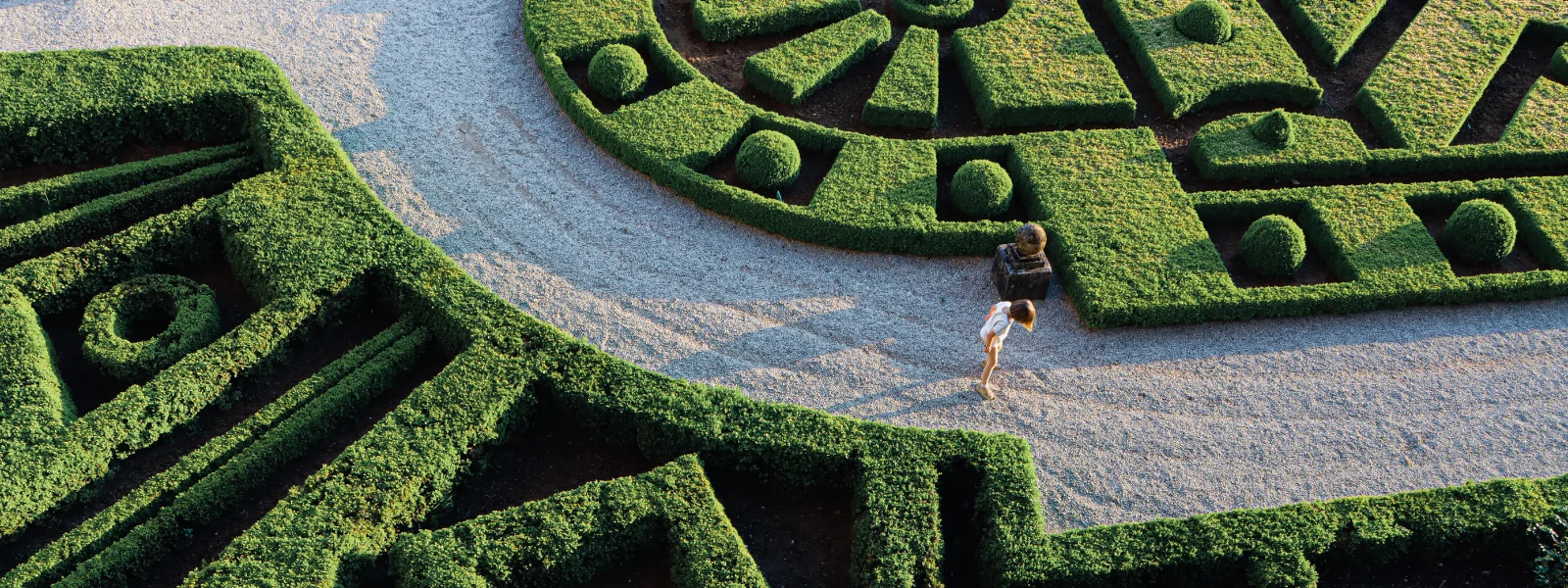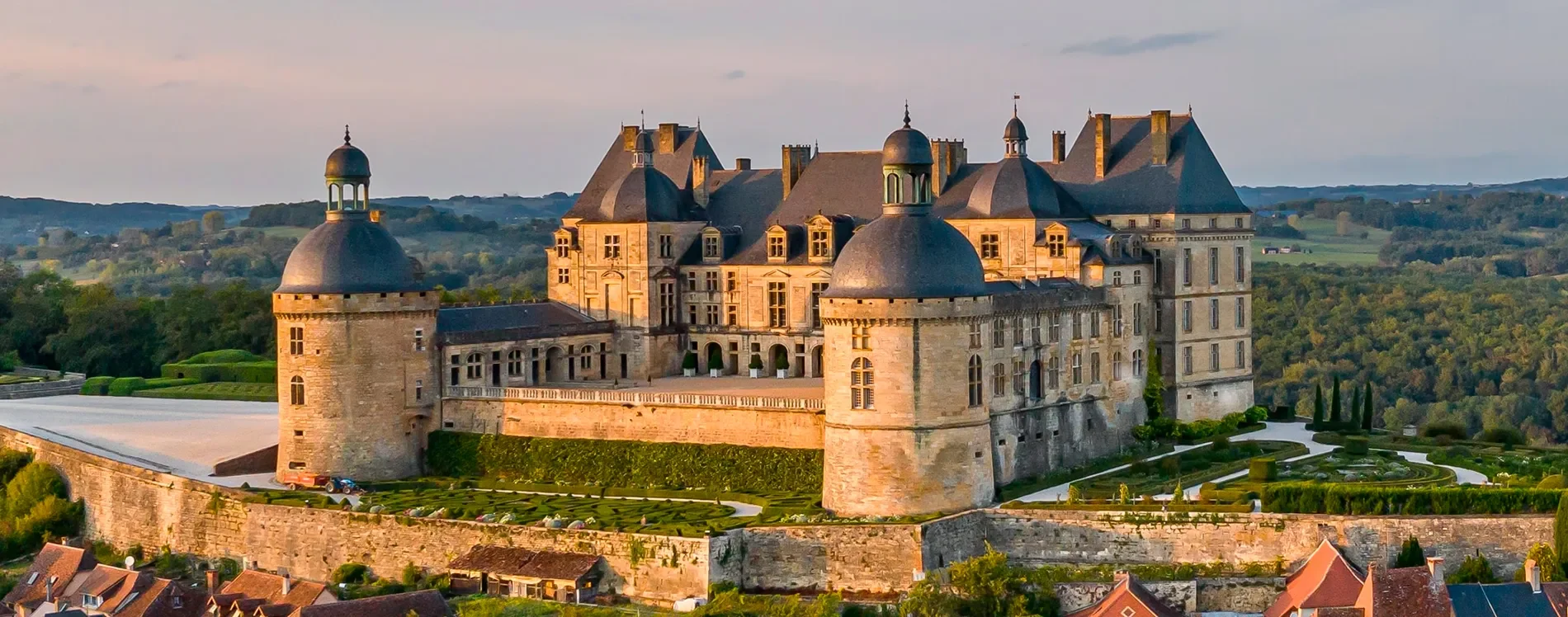1160
1388

Hautefort at the heart of covetousness
Hautefort is a thousand years old! The first traces of Hautefort Castle date back to the 9th century. It was the "castrum de Autafort", a fortress of the Viscounts of Limoges built on an ancient Roman camp. In 1160, the famous troubadour Bertran De Born became lord of Hautefort, together with his brother Constantin. The two brothers were at loggerheads for 20 years.
In 1183, Bertran de Born defended Hautefort against the siege of Richard the Lionheart's army.
Lion's army. Prisoner, then pardoned by Henry II of England, Bertran prevailed over his brother and became sole lord of Hautefort.
In 1388 Hélie de Gontaut, lord of Hautefort through his wife Mathe de Born, a descendant of Bertran, took the name and arms of Hautefort for their children.
1388
1695

The golden age of Hautefort
During the Renaissance, the castle was transformed for the first time. François de Hautefort gave the castle the fortified entrance we know today. In 1614, François de Hautefort became the 1st Marquis of Hautefort. The seigneury of Hautefort was made a marquisate by Queen Marie de Médicis, mother of the young Louis XIII and regent. In 1640, Jacques-François de Hautefort succeeded his grandfather François de Hautefort. He began the real transformation of the château into a residence of the Grand Siècle, entrusting it to the architect Nicolas Rambourg.
The major works on the château accelerated: gallery, chapel, main courtyard, staircases and
roofs. The architect Jacques Maigret took over and work began on the Hôtel-Dieu in the village.
in the village. In 1695, construction of the château as we know it today was completed. 30 people worked and lived there every day. The land and forests provided a wealth of agricultural produce and fuelled the local economy.
1792
1890

A time of uncertainty
In the midst of the French Revolution, Hautefort was spared thanks to the villagers who took up arms to defend it against the onslaught of the Excideuil sans-culottes. It was a tumultuous time, and the room at the stake was used as a prison. In 1818, Baron de Damas married Charlotte-Laure de Hautefort. He and his wife modernised the farming estate.
In 1856, the Baron's son, Count Maxence de Damas d'Hautefort, took over the estate. He redesigned the French-style gardens and created the English-style park with the help of a famous landscape gardener, Count Paul de Choulot. Count Maxence de Damas died bankrupt in 1887. His widow sold the château in 1890. After more than seven centuries of family ownership, the château left the Hautefort family. Forty years of neglect followed.
1929
1968

The story of a passion
The Baroness de Bastard and her husband Henry acquired the château, which was in a very poor state of repair at the time. Immense restoration work began, continuing until the war and resuming in the 1950s. In 1965, the château was opened to the public for the first time. Visitors rediscovered this restored jewel of Périgord. The Baroness moved into her private flats at the château.
On 30 August 1968, the château fell victim to a tragic fire. In one night, 30 years of restoration work were wiped out by a cigarette thrown into the attic. Roofs, framework, interiors and the main building were reduced to ashes. The Baroness launched a fundraising campaign on the programme "Chefs d'oeuvres en péril" (Masterpieces in Danger). She threw all her energy and all the fortune she had left
into the adventure of reconstruction. In 1978, after 10 years of relentless work
this second restoration was crowned by a visit from the Queen Mother of England, who was staying at Hautefort. The château reopened to the public before the Fondation du Château de Hautefort was created in 1984.
1968

The fire of 1968
All that remained were the deeply burnt outer walls. An outpouring of national generosity and, above all, that of the local population, who were very attached to the château, encouraged the Baroness to undertake the reconstruction. The château was then restored a second time by Madame de Bastard who, until her death in 1999, devoted her entire life to saving the château, committing her personal fortune and selling her works of art to raise the funds needed for the reconstruction.
Moved by his passion and determination, everyone rallied round to help and encourage him, from the villagers to leading figures of the day such as Pierre de Lagarde and André Malraux, all new enthusiasts, both anonymous and well-known, who helped to save one of the most prestigious monuments in south-west France.
1968
1984

Reconstruction
The Baroness threw all her energy and all her remaining fortune into the adventure of reconstruction. The facades and roof structures were rebuilt, as were the ceilings, decorations and rooms, all of which were restored and made to look exactly as they had on the basis of photographs. The château was completely refurnished. The woodwork from the Château de Kerlaudy, the abandoned home of the Governor of the Mascarene Islands, was salvaged. The Baroness de Bastard moved back into the château in 1977 and opened it to visitors.
In 1978, after 10 years of hard work, this second restoration was crowned by a visit from the Queen Mother of England, who stayed at Hautefort. In 1984, the Baroness created the château de Hautefort Foundation, to which she donated the building and its immense estate, as well as its furniture and all its contents.
1999
2025

A family's commitment
In 1999, Hélène David-Weill took over as head of the Foundation following the Baroness's death at the age of 98. Michel David-Weill, the Baroness's nephew, Chairman of the Lazard bank and a great patron of the arts, continued the restoration work with Hélène. Since then, the work has continued: restoration and
opening of the flats to the public (2008), restoration of the roofs (2013) and restoration of the main courtyard and chapel (2018).
opening of the flats to the public (2008), restoration of the roofs (2013) and restoration of the main courtyard and chapel (2018).
A third generation of the family has arrived: Pierre Mordacq, husband of Agathe David-Weill, great-niece of Baroness de Bastard, takes over as Chairman of the Foundation. As a family, they are continuing this great story and today welcome you to Hautefort.
2025

The Hautefort Castle Foundation
"Today, my wife, the Baroness de Bastard's great-niece, and I are continuing this commitment. The Baroness de Bastard family has been committed to Hautefort for nine decades and almost four generations. It is in the form of a Foundation that our family pursues its mission: to restore and share the beauty of Hautefort. The Foundation offers the château the best of both worlds: the commitment that goes hand in hand with the strong attachment of a family, professional management and the transparency of governance under public supervision", explains Pierre Mordacq, Chairman of the Fondation du Château de Hautefort.






